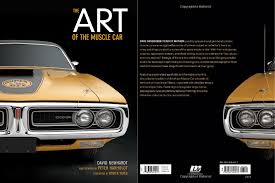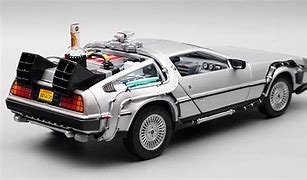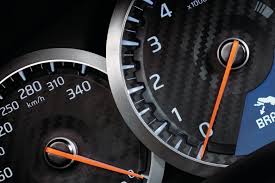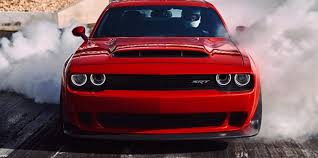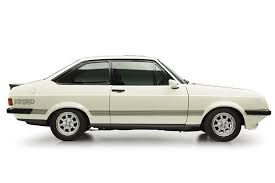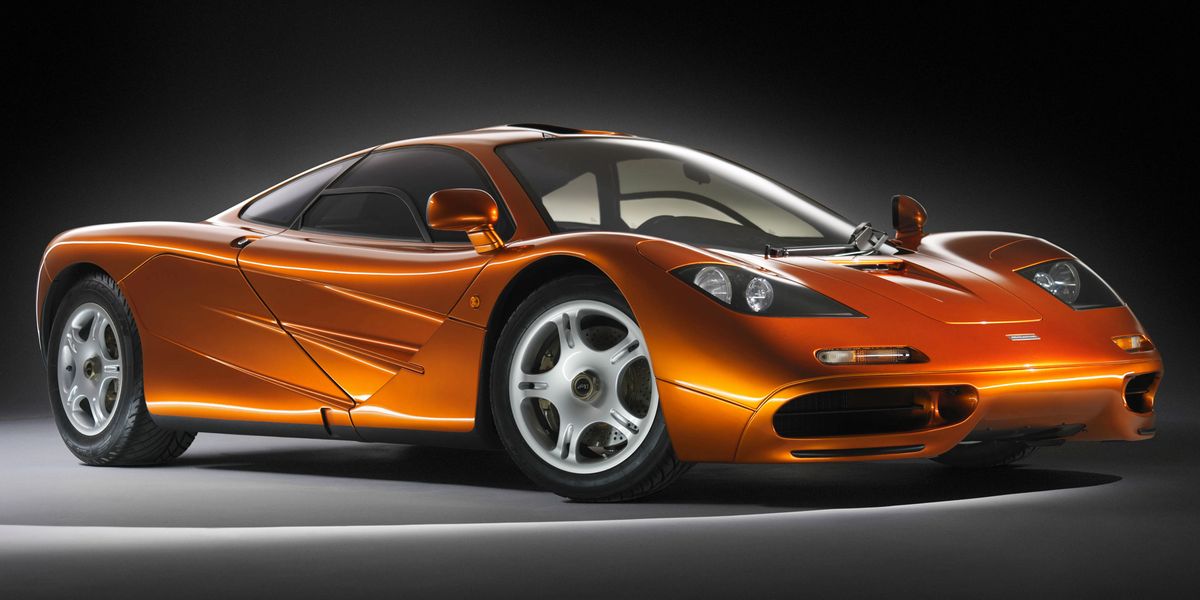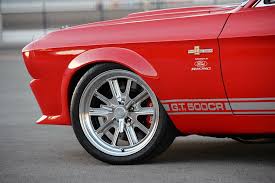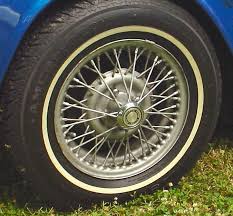


This edition of the Bentley Bentayga 4.0 V8 Turbo is the 8 speed / Auto version and was first brought out in 2020. This was at around the same time as the introduction of the 2021 McMurtry Speirling Goodwood and the 2021 Rimac Nevera 1888bhp Electric AWD.This particular Bentley Bentayga has a 3996cc Turbo Petrol powerplant with 8 cylinders in a V formation.
The Bentayga shares its Petrol V8 engine configuration with the likes of the 2023 Dodge Challenger SRT Demon 170 and the 2023 Ferrari SF 90 XX Spider 4.0 V8 Turbo. If you're looking for other fast cars which share the Bentayga's All Wheel Drive, SUV combination then how about the or the .
Weighing in at 2416 kgs (5326 lbs) this makes the Bentley Bentayga 4.0 V8 Turbo in the same weight category as the 2019 Bentley Flying Spur 6.0 W12 Twin Turbo or the give or take 50kg.
![Bentley Continental GT 4.0 V8 Turbo Convertible - [3996] image Bentley Continental GT 4.0 V8 Turbo Convertible - [3996] image](/editionimages/2058.jpg)
The Bentley Bentayga shares the same bhp with the 3996 Bentley Continental GT 4.0 V8 Turbo Convertible (542 bhp)
In terms of power the 3996cc 32V V8 engine produces 542 bhp (404 kW) @ 6000 rpm similar to the 3996 Bentley Continental GT 4.0 V8 Turbo Convertible (542 bhp) or the 2023 BMW 3 Series M3 CS 3.0 Twin Turbo G80 (542 bhp).
The Turbo V8 throws out 568 lb-ft (770.1 Nm) @ 2000 rpm placing it with cars of similar torque performance figures such as the 3996 Bentley Continental GT 4.0 V8 Turbo Convertible (568 lb-ft) or the 2023 McLaren 750S 4.0 V8 Twin Turbo (590 lb-ft).
If one combines the weight with power or torque performance for the Bentley Bentayga you can get a better idea of it's real world performance.
![Porsche Boxster GTS - [2014] image Porsche Boxster GTS - [2014] image](/editionimages/1622.jpg)
The 2014 Porsche Boxster GTS (249.0 bhp per ton) has similar Bhp Per Ton stats as the Bentley Bentayga.
The Bentley Bentayga has a Power to weight ratio of 224.3 bhp per ton and 235.0 lb-ft per ton. Bhp Per Ton figures of the 2020 Bentayga competing with the 2014 Porsche Boxster GTS (249.0 bhp per ton) or the 1995 Caterham Super 7 1.6 16v (249.0 bhp per ton).
If you agree with the late great Carroll Shelby then arguably an even better indicator of potential performance, Torque. Use weight as well and you end up with - Torque per ton, with the Bentley Bentayga generating around 235.0 lb-ft per ton. If you're curious as to what other cars have as much torque to weight then look no further than the 2003 Caterham 7 Superlight R300 (260.0 lb-ft per ton) or the 1965 Ford Mustang GT 350 Shelby (260.0 lb-ft per ton).
With a 0-60mph time of 4.40 secs or a 0-100km/h (0-62mph) of 4.5 secs, this made the Bentley Bentayga 4.0 V8 Turbo as fast as the 2023 Porsche Cayenne S 4.0 V8 Turbo (4.40 secs) the 2023 Porsche Cayenne Coupe S 4.0 V8 Turbo (4.40 secs) the 2020 Maserati Quattroporte Trofeo 3.8 V8 Twin Turbo (4.40 secs) the or the 2020 Audi A4 S4 3.0 V6 Turbo (4.40 secs). This Bentley Bentayga 4.0 V8 Turbo is also faster than the 2022 BMW i7 xDrive60 (4.50 secs) the 2021 BMW 2 Series M240i xDrive 3.0 Turbo F23 (4.50 secs) the 2021 Rolls-Royce Ghost Black Badge 6.6 V12 Twin turbo (4.50 secs) the and the 2021 BMW 2 Series M240i xDrive Cabrio 3.0 Turbo F23 (4.50 secs).
When talking about the performance of the Bentley Bentayga on the drag strip it can reach a quarter mile in an estimated 13.01 secs @ 105.1 mph. Similar performance down the quarter mile can be found with the the 1998 Chevrolet Camaro Z28 SS 5.7 V8 (12.96 secs), the 2011 Holden Commodore SS 6.0 V8 (12.96 secs), and the 1966 Oldsmobile Starfire 7.0 V8 (12.97 secs).
Modern performance cars are often artificially restricted to 155mph. The 2020 version of the Bentley Bentayga 4.0 V8 Turbo has a maximum speed of 180mph.
If maxing out your car on the AutoBahn is your thing and you're wondering what's faster than the 2020 Bentley Bentayga 4.0 V8 Turbo then how about the 2023 Porsche Boxster Spyder RS 4.0 982 (191 mph), the 2022 BMW 4 Series M4 CSL 3.0 Twin Turbo G82 (191 mph), or the 2021 Porsche 911 Carrera 4 GTS 992 (191 mph).










Lamborghini 400 GT 2+2 3.9L V12
Engine: Naturally Aspirated Petrol | 3929cc 24v V12
Top Speed: 155 mph
0-60mph: 6.60 seconds

Ford Granada Scorpio Cosworth
Engine: Naturally Aspirated Petrol | 2935cc 24v V6
Top Speed: 220.4 kph
0-100kph: 8.8 seconds
